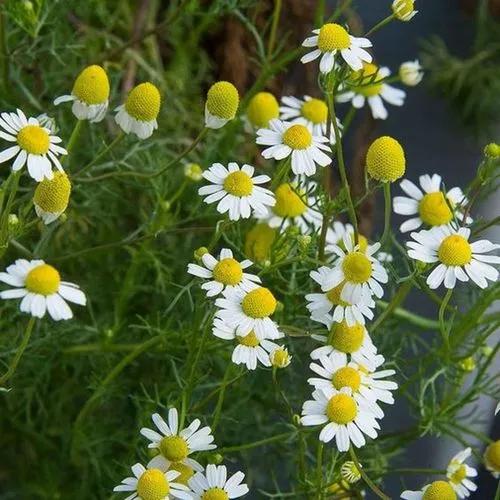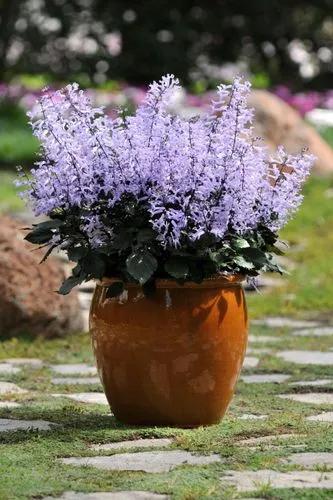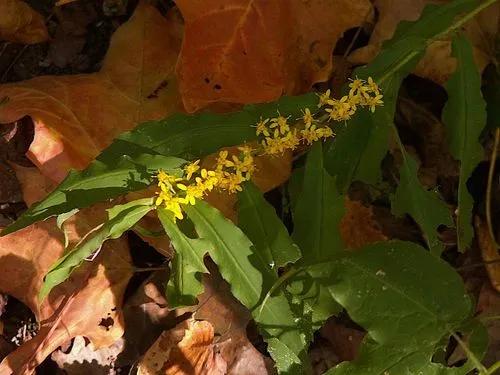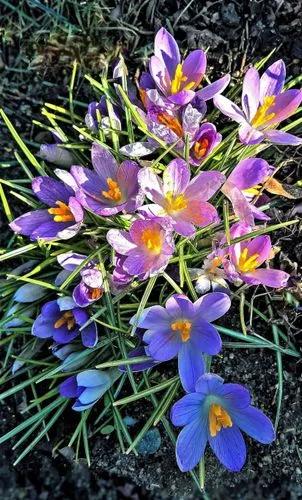Malvaviscus arboreus is a species of flowering plant in the hibiscus family, Malvaceae, that is native to the Southeastern United States, Mexico, Central, and South America. The specific name, arboreus, refers to the tree-like appearance of a plant.
Turk's-cap Care
Malvaviscus arboreus



Wax mallow is a beautiful flowering shrub and a member of the Hibiscus family. The scientific name is Malvaviscus arboreus, but the plant is usually called by one of its many evocative common names, including Turk’s cap, wax mallow and Scotchman’s purse. Wax mallow shrub grows in the wild in the Southeastern United States, Mexico, Central America and South America. It often stays around 4 feet tall, but can grow to 10 feet tall with an equal spread. You’ll find that wax mallow plant care won’t take much of your time. The stems of the wax mallow are woody toward the plant’s base, but fuzzier and greener toward the branch tips. Leaves can be up to 5 inches across, but the plant is generally grown for its gorgeous scarlet flowers, which resemble unopened Hibiscus blossoms.
How to Care for the Plant

Water

These shrubs are drought tolerant once established. Provide deep and frequent watering after planting.

Fertilizer

Use a balanced slow-release fertilizer in spring-midsummer if needed.

Sunlight

It prefers shady sites but can thrive in full sun. However, its leaves can be darker and puckered in direct sun.

Soil

Grow the shrub in moist, well-drained woodland soils. It is not particular about pH and will also grow in sandy, clay and limestone soils.

Temperature

The plant can be grown in the areas with the lowest winter temperatures between 20°F and 30°F or -6.7°C and -1.1°C. They can be grown in colder regions where they will typically freeze to the ground, but return in spring.

Popularity

1,281 people already have this plant 283 people have added this plant to their wishlists
Discover more plants with the list below
Popular articles






